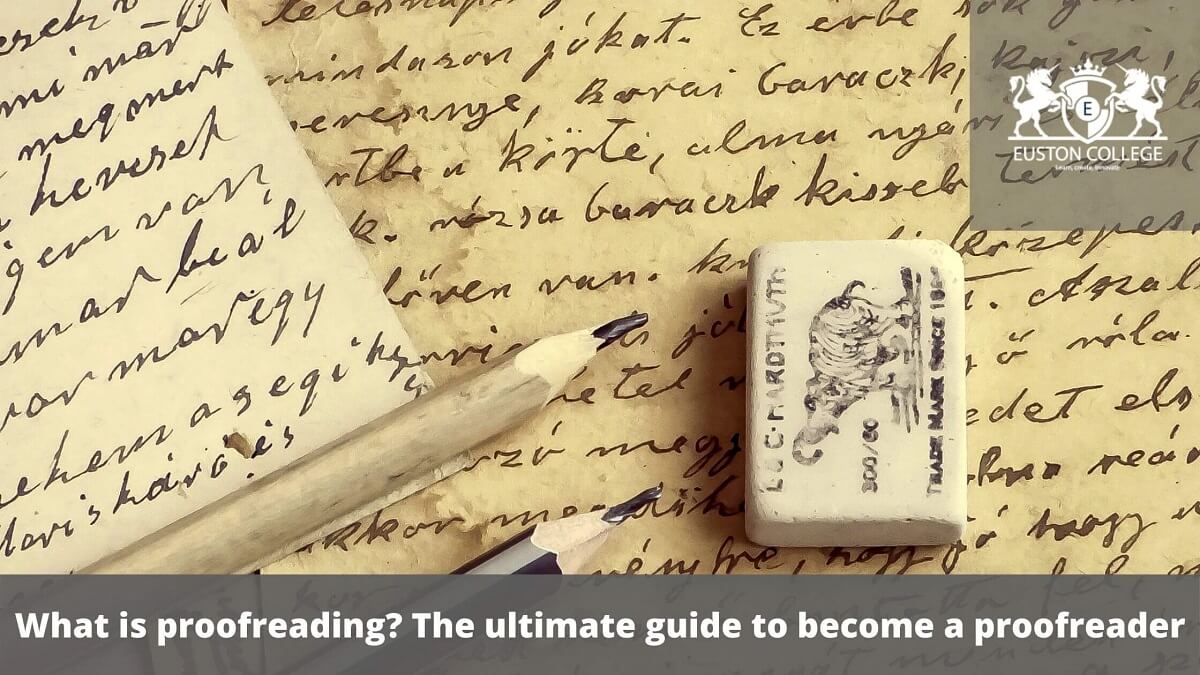As mentioned earlier, proofreading is the last step of the editorial process. So the steps are as follows-
The first step is content editing which focuses on revising an early draft to make significant changes like adding, deleting or moving several sections. It is an important part of content creation because content editing sets an outline for the content to flow in a certain direction in order to send the intended message.
The second step is line editing which focuses on the use of language to effectively communicate ideas, stories and background. Some would argue it is the most important part of content creation. Every content is created to send a very specific message. Although the interpretation of the message varies from person to person, the challenge from the content creator’s side is to ensure the message is appropriate, understandable and has some sort of impact.
The third step is copy editing. It involves checking each sentence to ensure correct grammar, making sure a particular style guide is followed and checking if the content is consistent. Copy editing doesn’t involve changing the content of a text but if a sentence isn’t clear or is sending a wrong message, a copy editor can work with the author(s) to clarify it.
The final step is proofreading. After the first three steps, that is content editing; line editing; copy editing, proofreading focuses on checking the remaining errors related to typos, misplaced punctuation and style-related inconsistencies. In case of publications, proofreading also involves checking the formatting like line spacing, alignment and page numbers.1.

0 responses on "What is proofreading? The ultimate guide to become a proofreader"